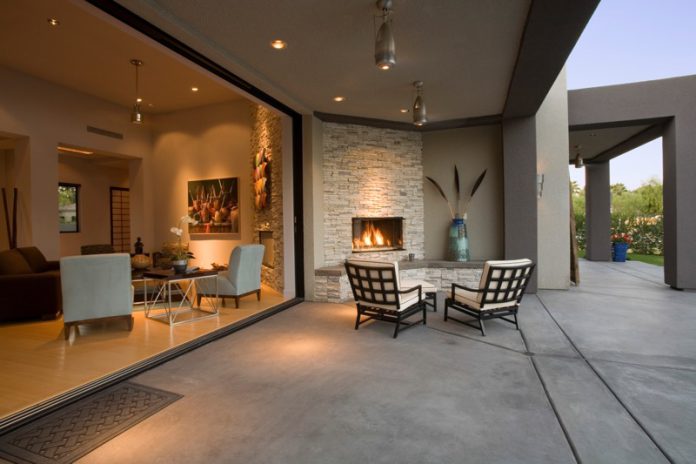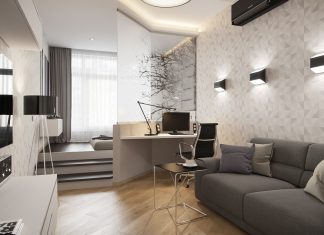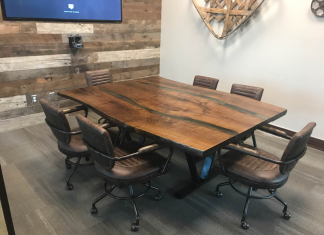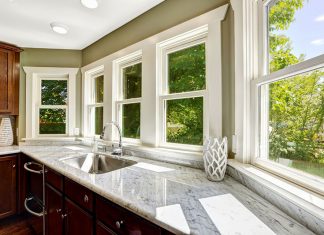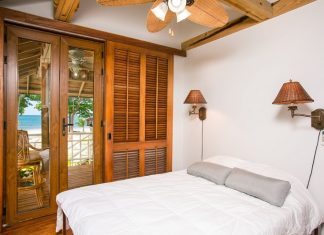The modern home is a fickle beast. You want to make your home feel like it’s firmly planted in the present, but you also want to ensure that it won’t look out of date in five or 10 years. To achieve this level of timeless design, you need a firm grasp of what makes something truly ‘modern.’
With the adverse effects of climate change becoming more evident than ever before, modern design has come to mean sustainable. One way to do this is to incorporate natural elements into the design of your home. But you need to give classic materials like natural wood and stone an updated twist to achieve a contemporary look without sacrificing warmth and elegance.
Other tips and hacks for designing a modern home are discussed in more detail below.
1. Flat Roofing
A flat roof gives your home a sleek visual appeal consistent with the modernist concept of clean lines. It’s simple in form and function and blends well with nature as it resembles the long, horizontal line of the broad horizon.
Unlike the conventional gable roof, flat roofing offers unique design possibilities, such as a viewing platform or a green roof, wherein a layer of vegetation is grown over a waterproofing system.
If you’re worried about water drainage, it might interest you to know that flat roofing is not really flat but slightly pitched, allowing water to drain to a gutter system.
2. Open Spaces
Open spaces are a great way to create comfortable and inviting living areas. Open floor plans allow more light, fresh air, and outdoor access. They also make it easier to clean and tend to be more flexible than closed-door rooms.
Open kitchens are becoming increasingly common as people want more significant interaction in their kitchen space. They’re perfect for accommodating family gatherings and entertaining large groups. Large windows overlooking the backyard or garden provide a great outdoor view as well as ventilation.
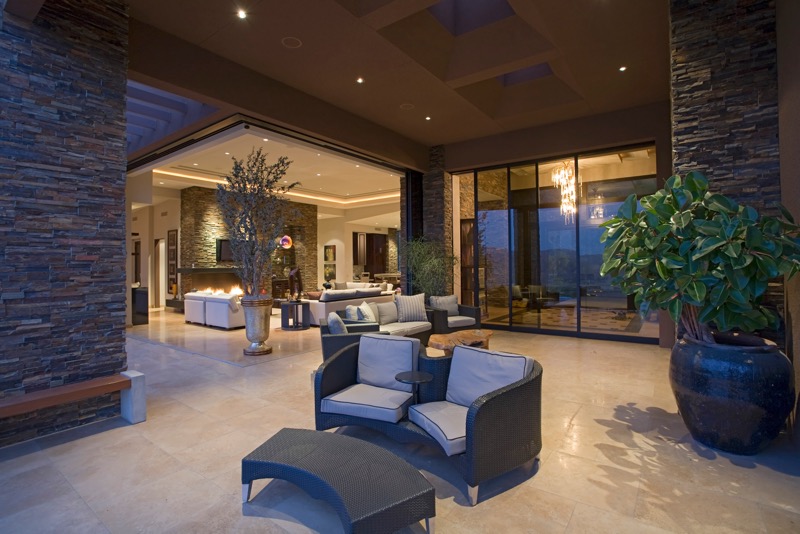
3. Scandinavian Concept
The Scandinavian concept is a modern design characterized by simplicity, functionality, and minimalism.
Simplicity is probably one of the essential aspects of Scandinavian design. It’s about basic shapes and lines that make up a composition without unnecessary decoration or adornment. The Scandinavian concept uses materials like wood and leather to give it warmth.
Natural materials with natural grain patterns are used for exterior walls or floors, contrasting beautifully against smooth surfaces such as marble tiles or polished wood floors. Visualize how simply glorious that will look in your home.
4. Minimalism
Minimalism is an art movement that emphasizes simplicity, balance, and clean lines. It’s a design style that focuses on reducing the visual clutter in your home by keeping things simple.
Minimalist designs are about uncluttered spaces. It’s about having a clean palette when decorating, so you can create elegant spaces that feel calm and serene. It’s perfect for modern homes because the clean lines lend themselves to minimal designs.
5. Neutrals
In design, a neutral color scheme primarily uses shades of gray, white, and black. Using these colors allows for maximum contrast with any room’s other components. For example, if you want to add pops of color throughout your home with furniture and accessories, you’ll want to use neutrals as an anchor for those bright accents.
You can also use neutral paint colors and finishes on walls, floors, and ceilings to make your home more relaxing. You have the choice between light and dark shades depending on the type of atmosphere you’re aiming for.
6. Green Concepts
When building a modern home, it’s essential to consider the environmental impact of your decisions. Sustainable design can help you achieve your goals while positively impacting the planet. To achieve this kind of design, you can opt for sustainable or recycled materials and renewable energy, such as installing solar panels on your roof.
One sustainable material that’s worth considering is bamboo. It’s durable, flexible, and versatile, working well for both indoor and outdoor use. Since it’s technically not a tree but grass, it grows rapidly. As such, bamboo is a fast-generating resource that can serve as an alternative to steel, concrete, and timber.
You may use other natural materials like wood or leather instead of glossy plastics or fabrics painted with patterns. This will give your home a natural feel and exude sustainability.
Conclusion
While building a modern home may require endless detailing, which can be exhausting, its outcome is usually exquisite. It’s a growing trend that isn’t going away anytime soon, and you can get creative with any of these options. After all, a beautiful home is something to be proud of. And if you complement any of these designs with decorative art, you can make a palace out of your space.
